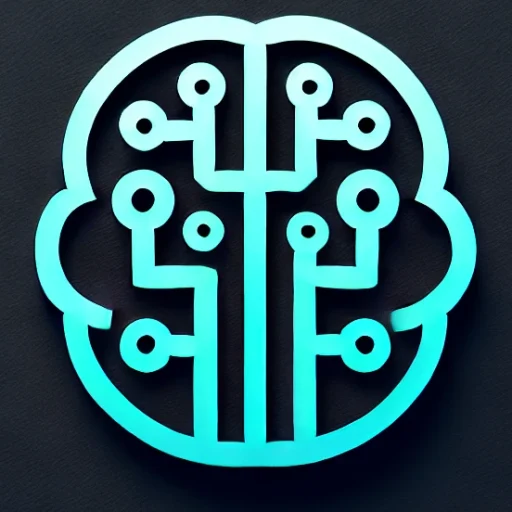
The Rise of Foundation Models in AI: Transforming Industries and Shaping the Future
Artificial Intelligence continues to revolutionize various sectors with groundbreaking advancements, and the emergence of foundation models is at the forefront of this transformation. These models, characterized by their vast scale and versatility, are shaping the future of AI research and application.
Key Insights & Latest Advancements
Foundation models, like GPT-4 and DALL-E, represent a significant shift in AI development. They are massive neural networks trained on extensive datasets, allowing them to excel in a wide array of tasks without the need for extensive fine-tuning. This paradigm shift has resulted in a dramatic improvement in the performance of AI systems across different domains.
Recent developments have seen foundation models become increasingly efficient. Innovations in architecture, such as the use of sparse attention mechanisms and improved training algorithms, have led to better performance and reduced resource consumption. These models also demonstrate an impressive ability to generalize across tasks, making them a versatile tool in the AI toolkit.
Real-World Applications
The potential applications of foundation models are far-reaching. In the medical field, they assist in diagnosing diseases, analyzing medical images, and even predicting patient outcomes. In finance, foundation models power predictive analytics for market trends and aid in intelligent decision-making processes.
The entertainment and creative industries have also embraced these models. Tools like automated content generation and image creation are becoming more sophisticated, allowing for unprecedented creativity and efficiency. Furthermore, in natural language processing, chatbots and virtual assistants powered by foundation models deliver more human-like interactions and improved customer service experiences.
Challenges & Future Outlook
Despite their potential, foundation models present several challenges. Their large scale demands immense computational resources, which can be a barrier for smaller companies. Additionally, ethical concerns, such as biases in the training data and the potential for misuse, are significant issues that the industry must address.
Looking ahead, the future of foundation models is promising. Researchers are focused on creating more efficient models that require less data and computational power. There’s also a growing interest in exploring ways to make these models more interpretable and transparent, addressing some of the ethical challenges they present.
Conclusion
Foundation models represent a pivotal development in the field of AI, offering numerous possibilities for innovation and efficiency. While challenges remain, the ongoing research and advancements suggest significant potential for these models to revolutionize various sectors. Embracing the capabilities of foundation models, while navigating the ethical and technical challenges, will be crucial as we move toward a more AI-driven future.
In conclusion, as foundation models continue to evolve, they are poised to reshape industries, providing tools and solutions that were once unimaginable. The future of AI, equipped with these powerful models, promises to be both exciting and transformative.

